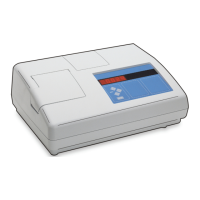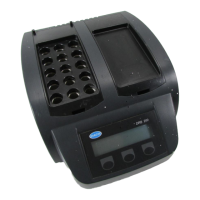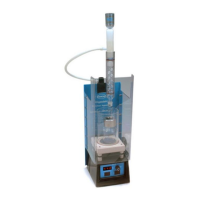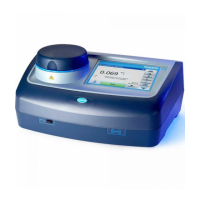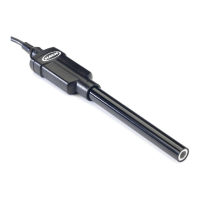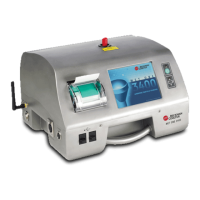SECTION 2, continued
23
2.3.5 Removing Air Bubbles (Degassing)
Remove air or other entrained gases prior to measurement. Degassing is
recommended (even if no bubbles are visible). Four methods are commonly used
for degassing:
1. Application of a partial vacuum
2. Addition of a surfactant
3. Use of an ultrasonic bath
4. Application of heat.
Sometimes more than one method may be necessary for effective bubble removal
(e.g., some severe conditions may require use of heat with an ultrasonic bath).
Use care with these techniques; sample turbidity can be altered if these methods
are misused.
Letting the sample stand for a period of time to remove air bubbles is
not recommended. Particulates that cause turbidity may settle, and the sample
temperature may change. Both conditions may alter the turbidity of the
sample resulting in a measurement that is not representative of the original
sample turbidity.
2.3.5.1 Application of Vacuum
Apply vacuum with any convenient, clean, oil-free vacuum source. The vacuum
lowers the atmospheric pressure above the sample allowing trapped gas bubbles to
escape. Vacuum works well with non-viscous samples, such as water, that do not
contain volatile components. Application of vacuum to viscous, volatile samples
(such as paint resins) may cause volatile components to come out of solution, and
intensify the bubble problem.
To apply vacuum, use a sample degassing kit equivalent to Cat. No. 43975-00
(Sample Degassing Kit) as shown in Figure 2 or 43975-10 (Sample Degassing and
Filtration Kit). These kits contain a syringe and stopper for vacuum degassing. An
electric or hand-operated pump equivalent to Cat. No. 14697-00 or 14283-00,
respectively, also may be used.
Figure 2 Sample Degassing
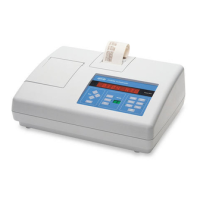
